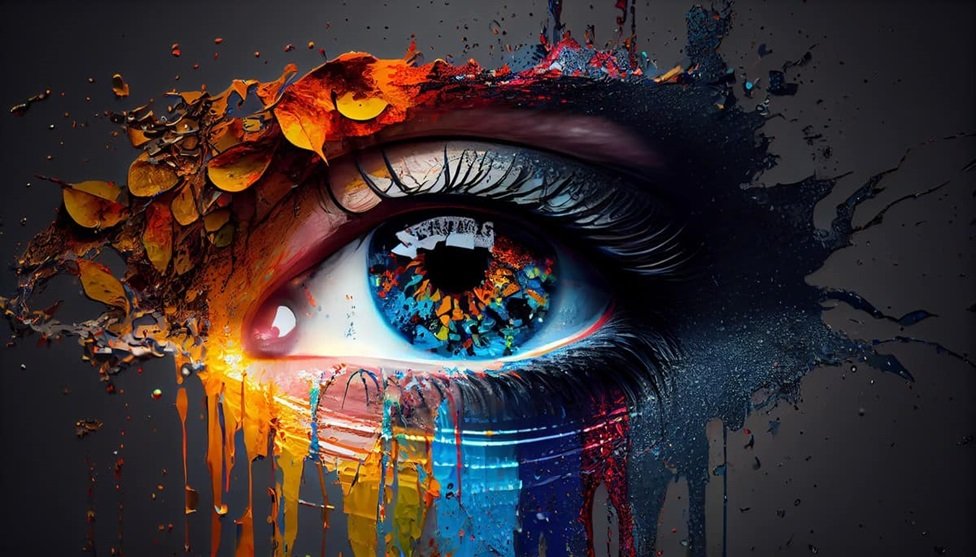
Google recently unveiled new tools that allow users to determine whether an image was generated using generative artificial intelligence. The company has been an active member of the Coalition for Content Provenance and Authenticity (C2PA) since February, working on the development of a new technical standard. Additionally, Google has been working internally on creating tools to watermark AI-generated content and is now integrating these tools into images created using its tools.
The proliferation of AI-generated images poses a significant risk, as digitally created and enhanced images are becoming indistinguishable from real ones. This has led to a surge in the spread of deepfakes, where realistic AI-generated images are presented as real to perpetuate misinformation
In a blog post, Google announced that it collaborated with other members of the coalition to develop a more secure version (2.1) of the technical standard known as Content Credentials. This updated standard is designed to be more resilient against various forms of tampering and has stricter technical requirements. It will now be applied to images accessible through Google tools.
Google stated that Content Credentials will be incorporated into images displayed on Google Images, Lens, and Circle to Search. This means that users can verify whether an image was created or edited using AI tools by checking the C2PA metadata in the “About this image” section.
Furthermore, Google plans to integrate C2PA metadata into its advertising systems. This data will inform the company’s key policies and enforcement strategies in the future. Additionally, Google is exploring methods to communicate C2PA information to viewers on YouTube to help them discern whether a video was captured using a camera or created digitally.
Notably, Google has been developing an in-house watermarking technology for AI-generated content known as SynthID. Developed by Google DeepMind, this system embeds information within the pixels of an image in a way that remains invisible to the naked eye but can be revealed using specialized tools.
source; indiantvnews.com








